Mastering Buttermilk Biscuits Regional Techniques Unveiled
10 min read Discover regional secrets and techniques to master perfect buttermilk biscuits across the Southern United States. August 10, 2025 06:05
Mastering Buttermilk Biscuits: Regional Techniques Unveiled
Few foods embody the soulful, hearty essence of Southern US cuisine quite like the buttermilk biscuit. With their flaky layers, tender crumb, and irresistible crust, these biscuits are more than just bread—they're a symbol of tradition, comfort, and craftsmanship passed down through generations. From the historic kitchens of Charleston to the bustling breakfast spots of Nashville, mastering regional techniques of crafting these golden treats unlocks a world of flavor and cultural richness.
Let’s embark on an immersive journey into the art of buttermilk biscuits—exploring regional variations, historical roots, and treasured secrets that make each bite a nostalgic voyage.
The Heart of Southern Biscuit Tradition
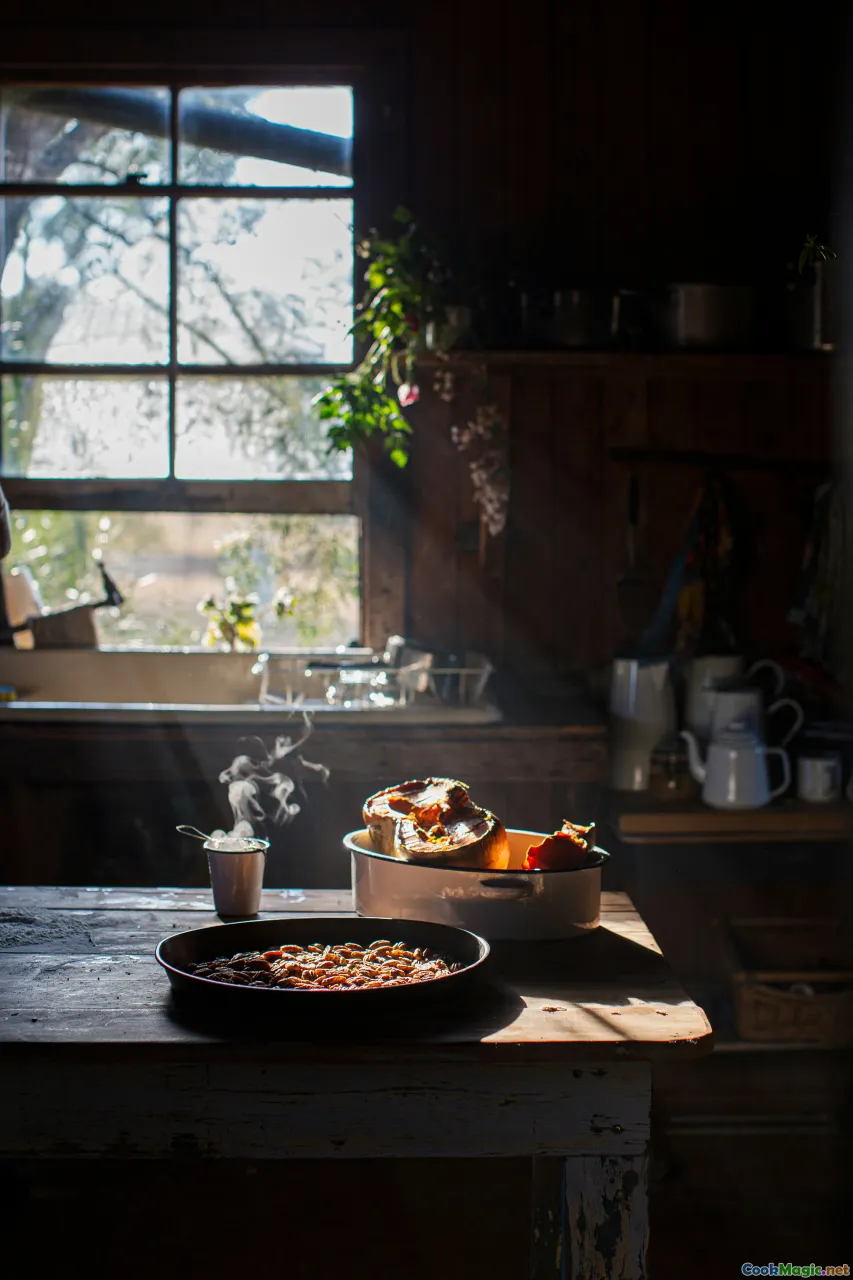
Southern biscuits hold a storied place in American culinary history. Their origins trace back to early European settlers who brought their baking traditions, evolving over centuries into a uniquely American staple. In coastal cities like Charleston, biscuits became a symbol of Southern hospitality—served hot and buttery alongside fried chicken, sausage gravy, and collard greens.
In the Deep South, the biscuit evolved into a communal kitchen ritual—part of Sunday dinners and celebratory brunches. It's not just bread; it’s an emotional vessel—warmed by the smell of freshly baked dough, evoking memories of family gatherings, Sunday mornings, and whispered stories around the breakfast table.
The Cultural Significance of Regional Techniques
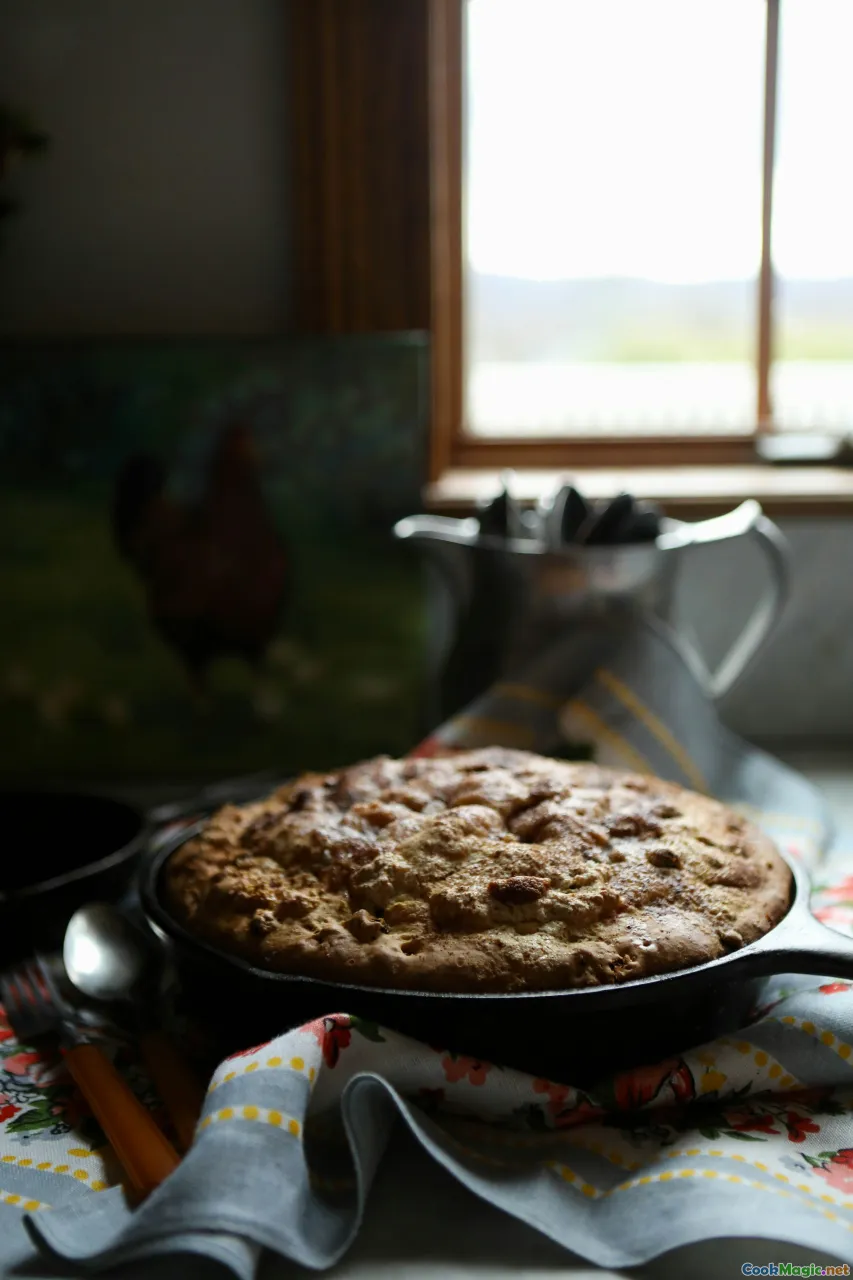
Each region’s approach to buttermilk biscuits reflects local landscape, available ingredients, and cultural influences. For instance, in the Carolinas, biscuits tend to be tender and flaky—achieved through careful layering and minimal kneading—mirroring the coastal simplicity and seafood-centric meals. Meanwhile, in Alabama and Georgia, the biscuits often have a richer, slightly denser crumb, owing to the use of buttermilk and occasional additions like buttermilk-sopped butter or lard.
Understanding these regional nuances elevates your baking from basic to culturally authentic. It allows you to recreate cherished dishes like the classic "Fried Chicken and Biscuits" from Savannah or the hearty "Biscuits and Tomato Gravy" popular in Alabama.
Classic Techniques: The Foundations of Perfect Biscuits
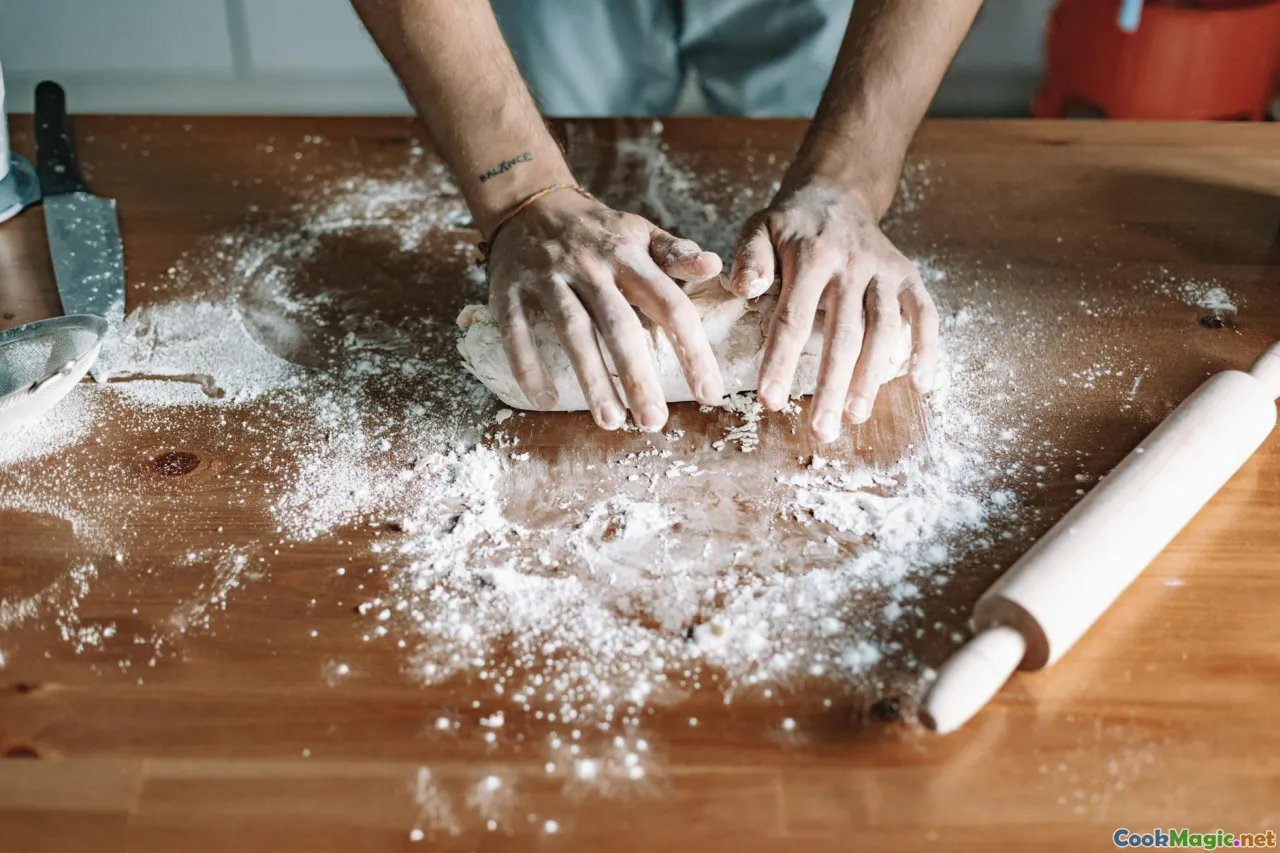
Before we explore regional twists, mastering foundational techniques is essential. Here are the core steps to achieve irresistible buttermilk biscuits:
1. Using Cold Fats and Buttermilk
The secret to flaky layers lies in keeping your fats—be it butter, lard, or shortening—cold. When incorporated into dry ingredients and subsequently baked, these fats create steam and separate the layers.
Tip: Use a pastry cutter or your fingers to quickly cut in chilled fats until the mixture resembles coarse crumbs. Gradually add cold buttermilk until the dough just comes together—overmixing leads to dense biscuits.
2. The Art of Minimal Kneading
Gentle handling is key. Overworking the dough activates gluten, making biscuits tough. Carefully pat or fold the dough just enough to smooth it out.
3. Proper Cutting and Shaping
Traditionally, biscuits are cut with a floured cutter or glass—dough should be handled as little as possible. Many regional cooks recommend cutting straight down without twisting the cutter, to preserve the biscuit's rise.
4. High-Temperature Baking
Preheat your oven to at least 425°F (220°C). A hot oven ensures quick oven spring and a golden crust.
Regional Variations and Techniques
The Appalachian Charm: Rustic and Fluffy
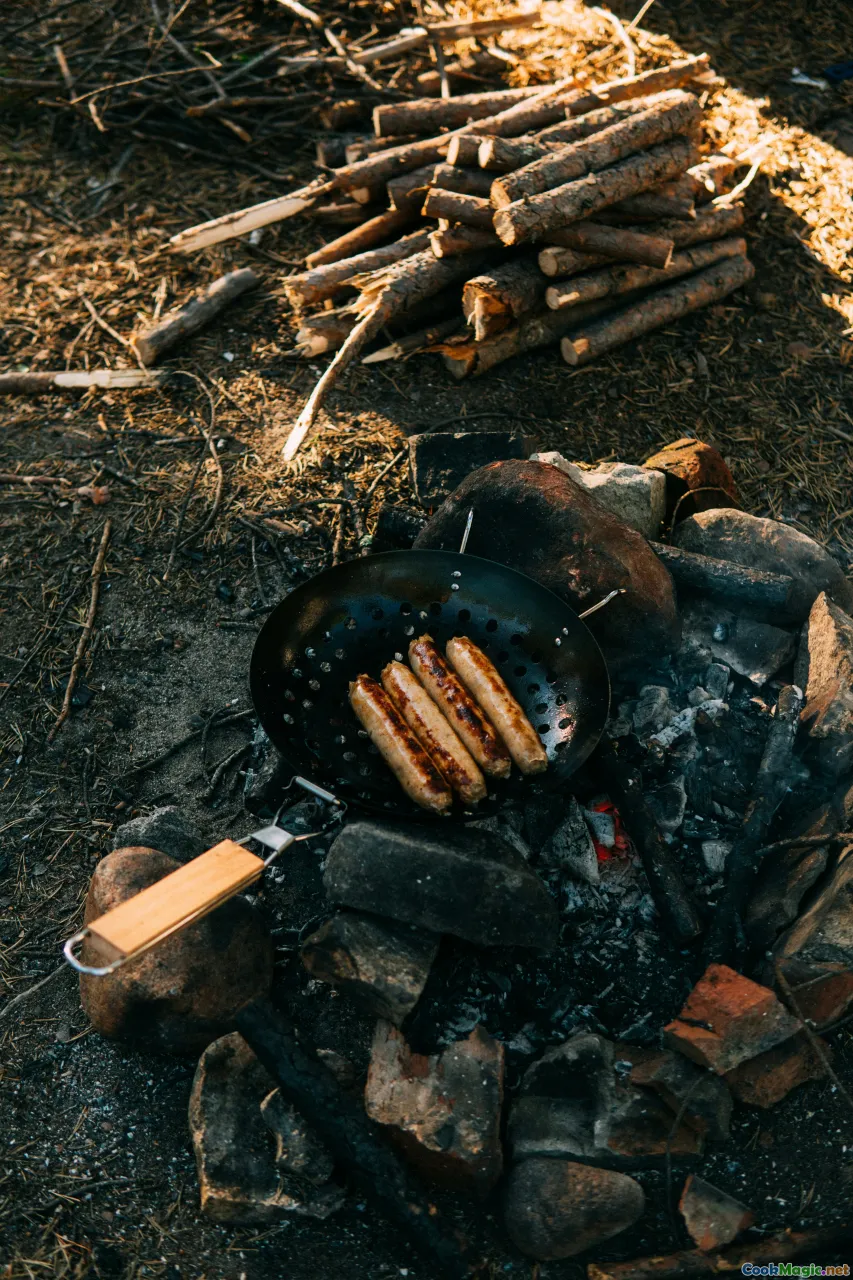
In mountainous regions like Appalachia, biscuits are often made with a focus on hearty, rustic ingredients. The technique involves:
- Using melted butter or pork fat for cranky richness.
- Incorporating a generous amount of buttermilk for moistness.
- Hand-rolling or patting the dough extremely lightly.
Unique Touch: Some Appalachian bakers incorporate a splash of sparkling water or soda to add airiness, resulting in an ultra-fluffy, ever-so-slightly chewy on the inside with a crackly crust.
The Lowcountry's Light and Flaky Art
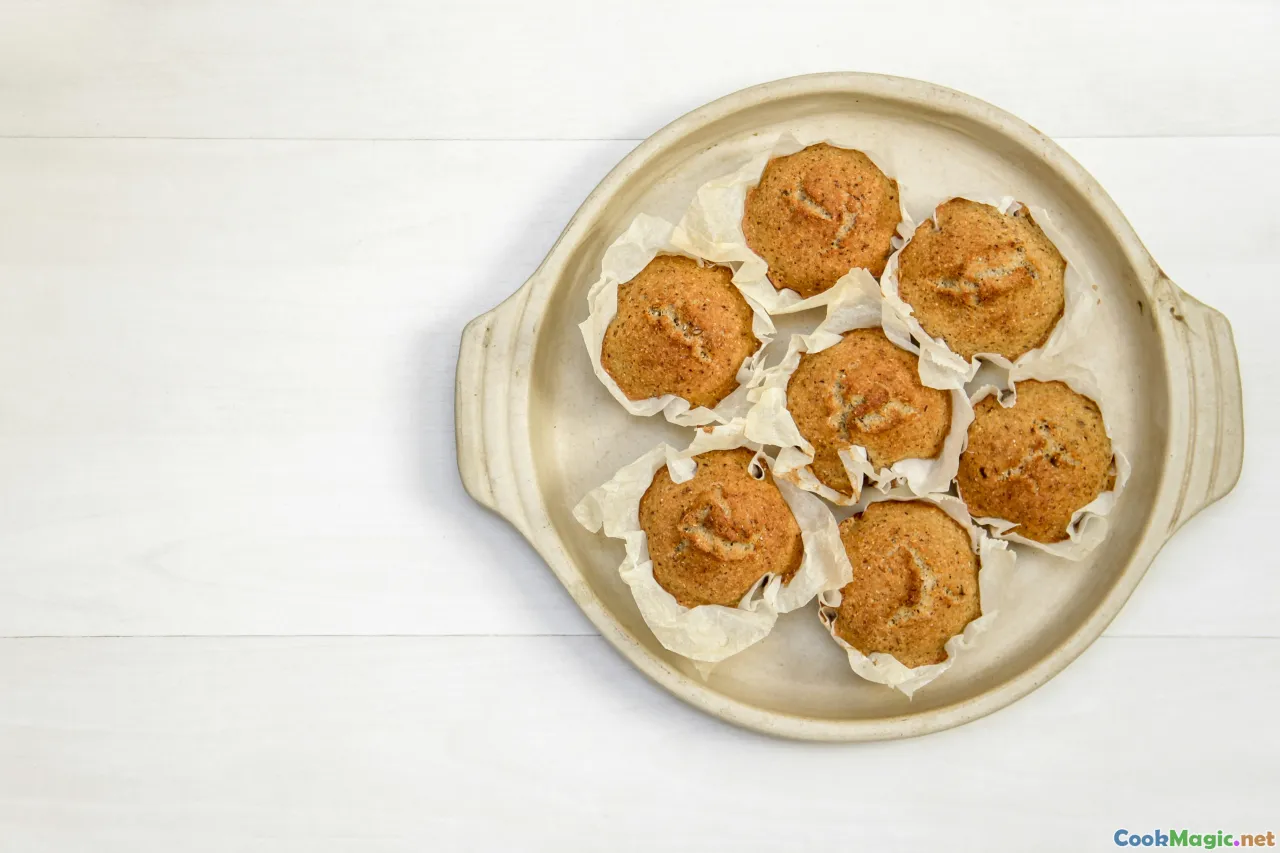
In Charleston and the Lowcountry, biscuits are delicate and flaky—think layers like puff pastry—achieved by folding the dough multiple times.
- Many cooks use lamination: rolling the dough thin, folding, and rolling again to create thin layers.
- Incorporating a pinch of cornmeal within the dough adds subtle texture.
- Buttermilk is used generously, often with a splash of sweet milk or cream to soften.
Tip: Resting the dough for 10-15 minutes in between folds enhances layering.
The Southern Urban Spin: Cheddar and Buttermilk
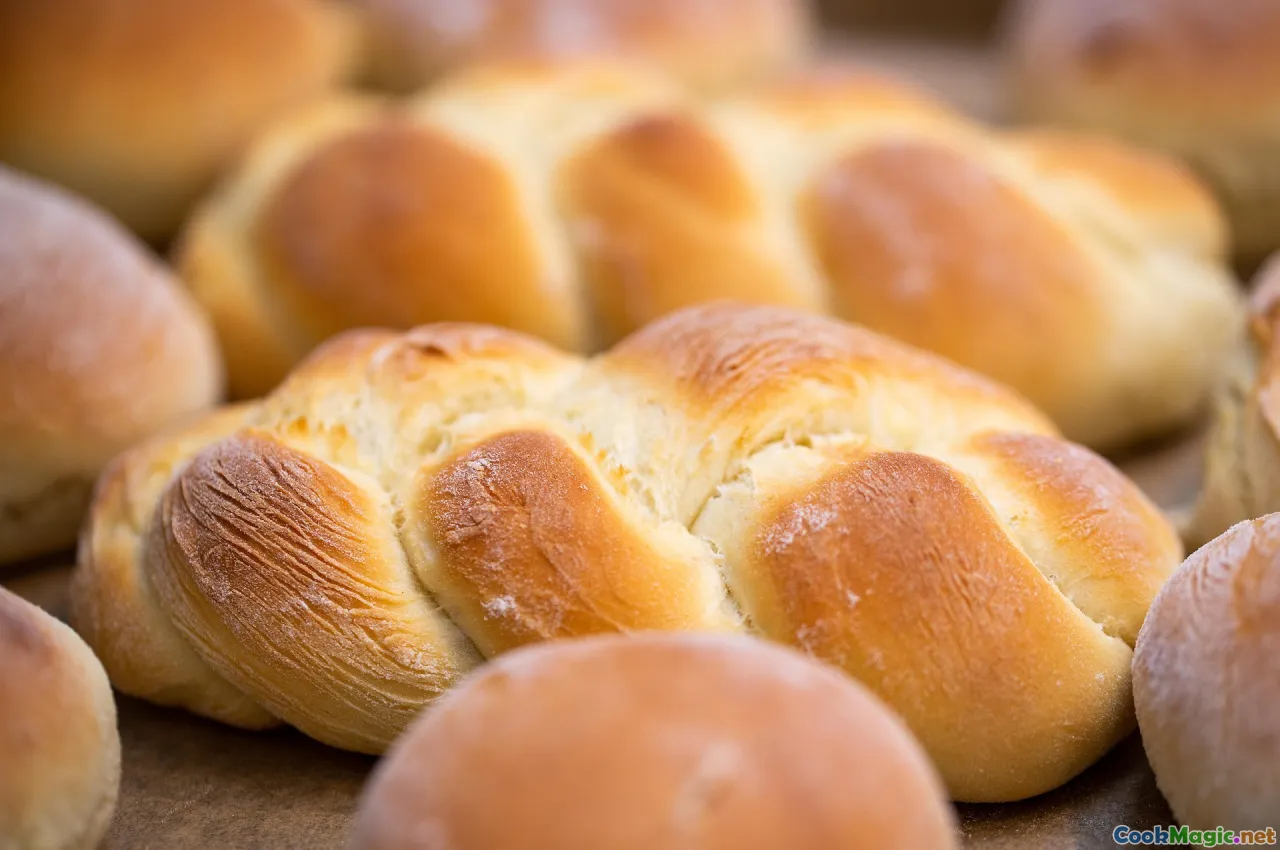
City-influenced Southern biscuits often incorporate regional ingredients like sharp cheddar or jalapeños into the dough, transforming a simple biscuit into a flavor-packed treat.
- The technique involves folding grated cheese into the dough during mixing.
- The addition of minced herbs or spices offers regional flair.
The Gulf Coast's Biscuit with a Crunch

On the Gulf Coast, biscuits often serve as a vessel for seafood or seafood-inspired toppings. Bakers might add cornmeal for extra crunch or brush the tops with butter mixed with Old Bay or hot sauce.
Beyond Basics: Regional Variations in Ingredients and Techniques
Buttermilk: Culture-Shaped Flavor
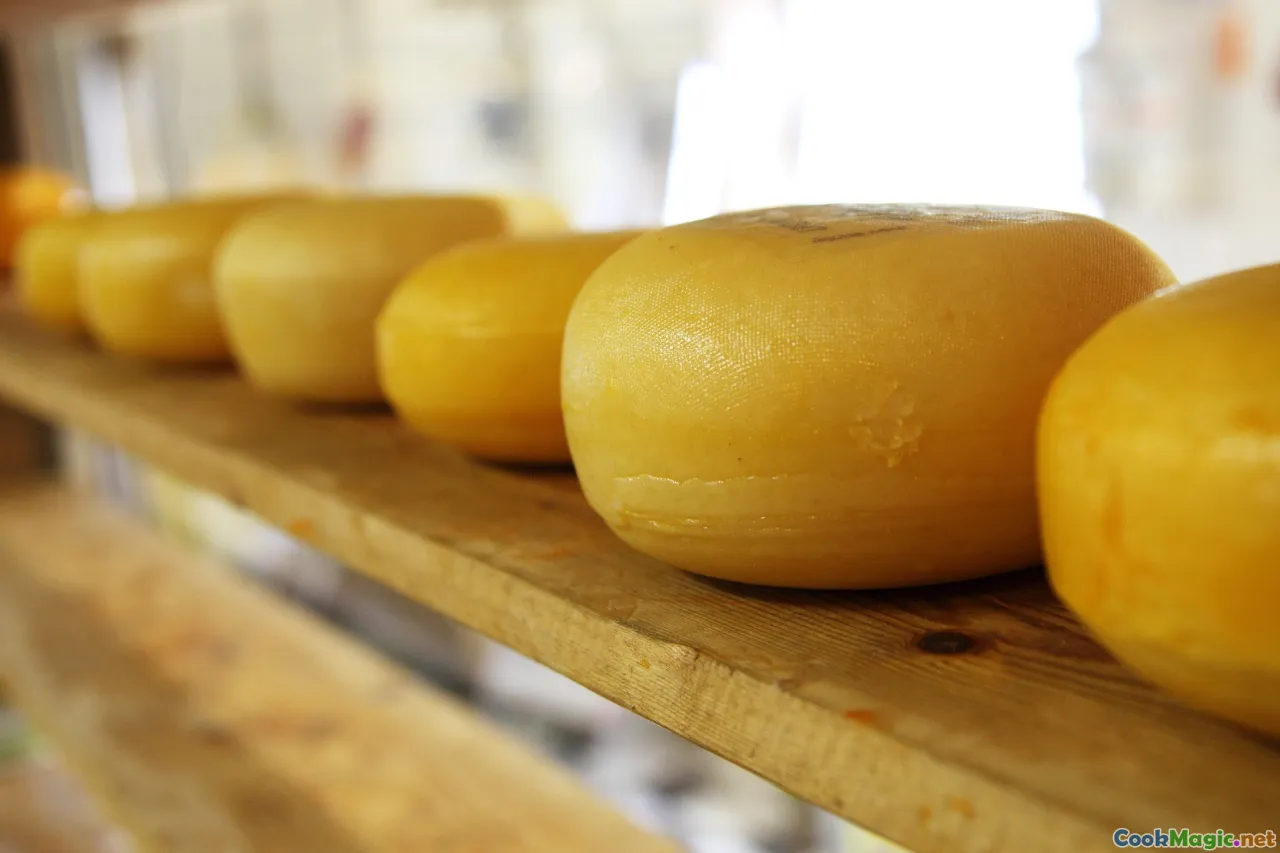
The source of authenticity lies in the quality and character of your buttermilk. Traditionally, buttermilk was the fermented leftovers of churning butter—rich, tangy, and thick. Today, cultured buttermilk with active acids remains the standard, but regional influences still prevail.
Some bakeries in North Carolina might add a dash of boiling water or use homemade buttermilk for deeper flavor, while Louisiana cooks sometimes enhance biscuits with fermented milk flavors that echo Cajun traditions.
Fats: Lard, Butter, or Shortening?
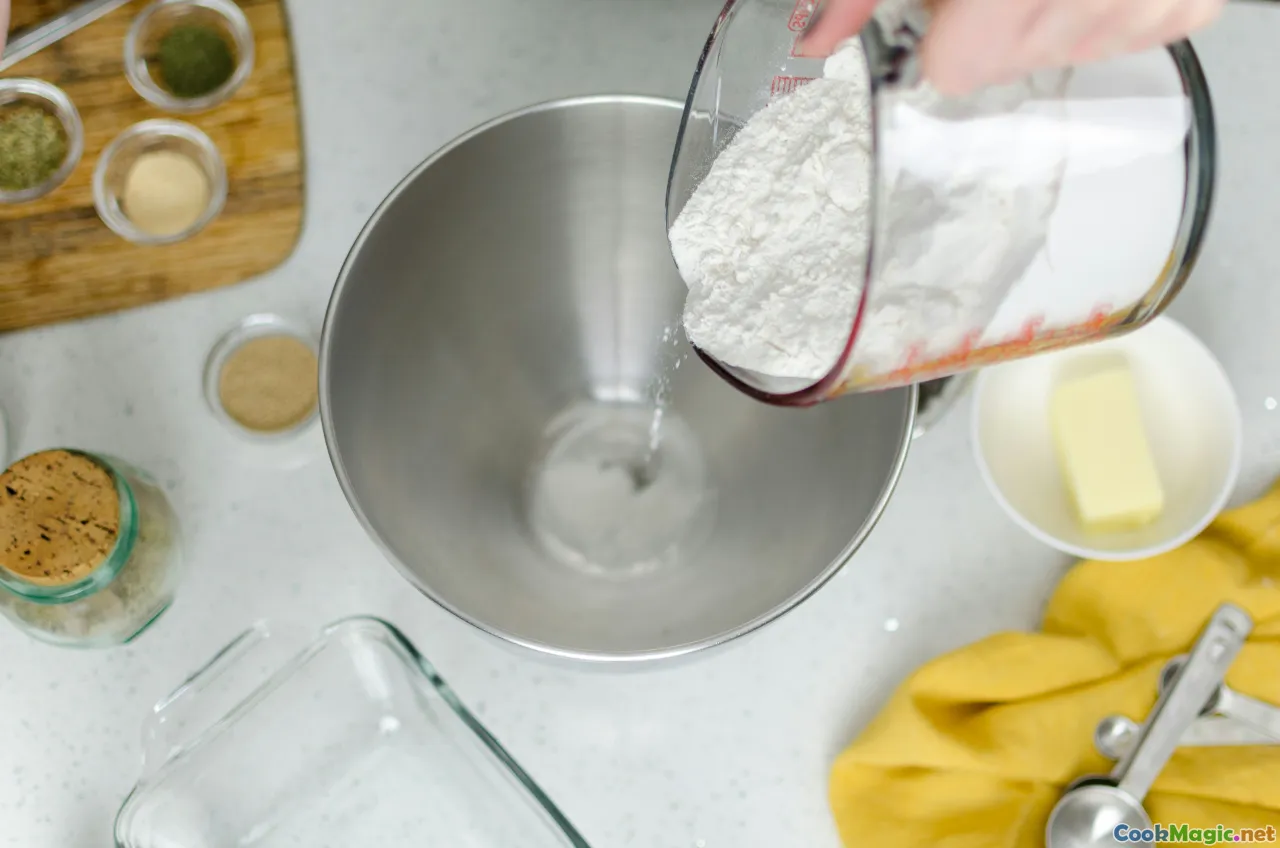
In the South, traditional lard remains a favorite for its unmatched flakiness and flavor. However, modern bakers often prefer butter for richness or shortening for ease.
Flour Choices: The Backbone
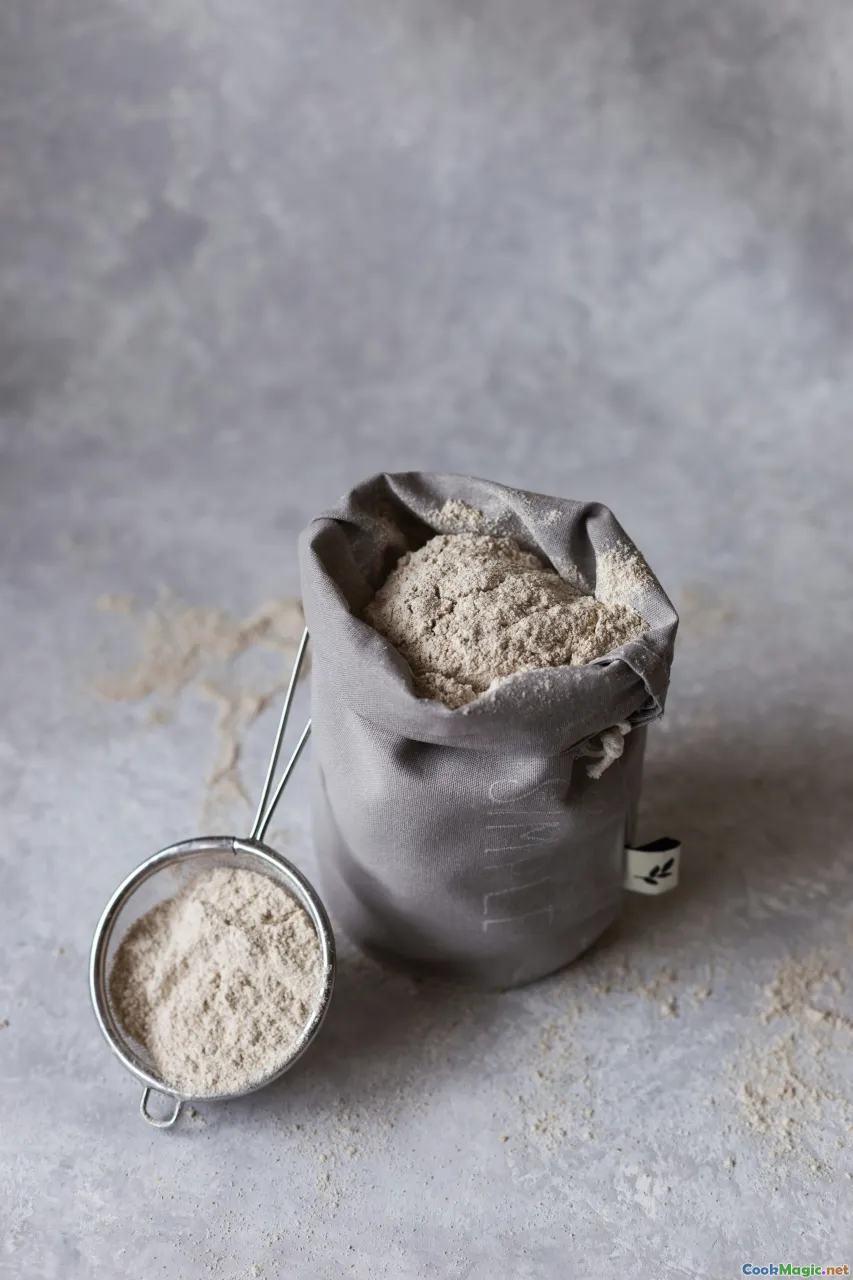
Soft wheat flour with low protein content (like White Lily) is preferred for soft, tender biscuits. The regional availability of flour influences texture; for example, Mississippi bakers favor soft, bleached flour, resulting in melt-in-the-mouth biscuits.









